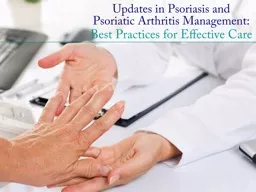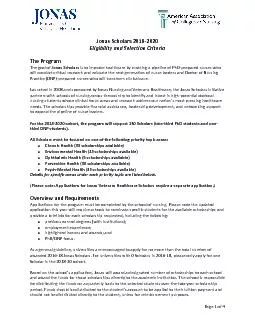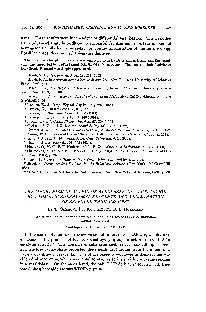PPT-Faculty Kori Dewing, ANP-BC, DNP, ARNP
Author : briana-ranney | Published Date : 2020-04-04
Rheumatology Nurse Practitioner University of Washington School of Nursing Affiliate Assistant Professor Seattle WA Dr Dewing has no conflicts of interest to disclose
Presentation Embed Code
Download Presentation
Download Presentation The PPT/PDF document " Faculty Kori Dewing, ANP-BC, DNP, ARNP" is the property of its rightful owner. Permission is granted to download and print the materials on this website for personal, non-commercial use only, and to display it on your personal computer provided you do not modify the materials and that you retain all copyright notices contained in the materials. By downloading content from our website, you accept the terms of this agreement.
Faculty Kori Dewing, ANP-BC, DNP, ARNP: Transcript
Download Rules Of Document
" Faculty Kori Dewing, ANP-BC, DNP, ARNP"The content belongs to its owner. You may download and print it for personal use, without modification, and keep all copyright notices. By downloading, you agree to these terms.
Related Documents














